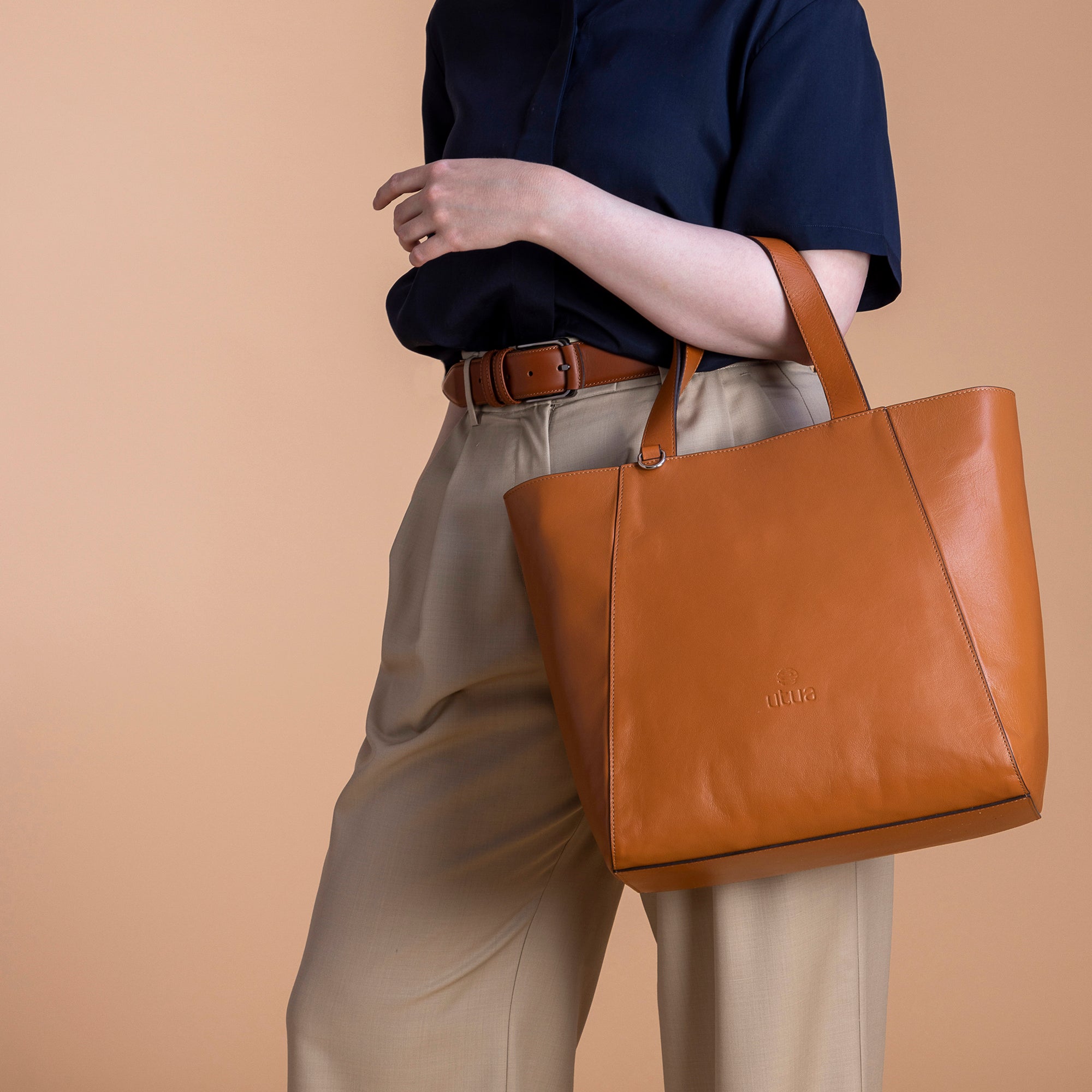
How to identify genuine leather?
A few years ago, on a holiday in the heat of Spain, I stumbled upon an air-conditioned leather jacket store. After I had dried off most of my sweat, I found myself in the specials corner, where jackets representing a wide range of styles and eras were hanging from end to end. The price tag of 50 euros above the item enticed me to browse the offerings, and soon I was strutting around in front of the mirror wearing a flamboyant leather jacket.
I didn't really think about the quality. Since it was a leather shop, I assumed the jacket was genuine. The satin lining had a beautiful leopard pattern and a stylish gold-embroidered tag at the neck.
However, when I got home, I began to doubt the authenticity of the jacket. I sniffed it and almost tasted it. I felt it, stretched it, and felted it. Even the patches sewn into the side seam didn't help. To this day, I don't know if the jacket was a hit or a miss.
How to identify genuine leather?
The differences between real leather and faux leather become clear in use. Real leather only improves and becomes more beautiful with wear, while faux leather frays and cracks. Real leather also gets wet. It darkens when wet and returns to its original color when dry. Faux leather, on the other hand, repels water.
It is worth checking the material labels carefully. The symbol for leather is a pulley-shaped symbol, not a slat pattern. If it says “synthetic”, “polyurhethane” or “man made”, it is not a genuine product. Our bags always have an info tag hanging on them, which clearly indicates the authenticity of the leather.

Utua belts have clear markings to indicate the authenticity of the leather. They are sturdy and of high quality.



